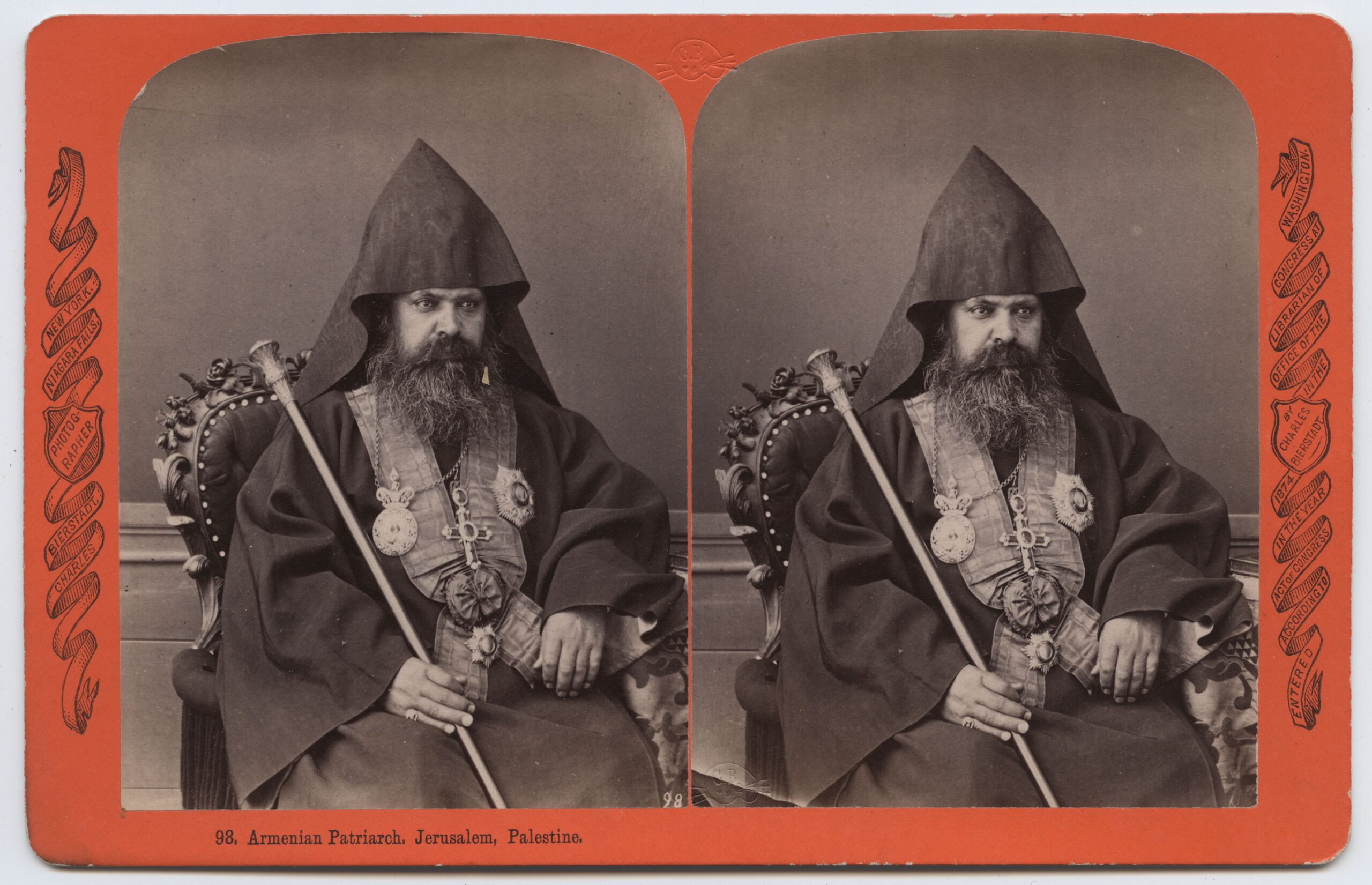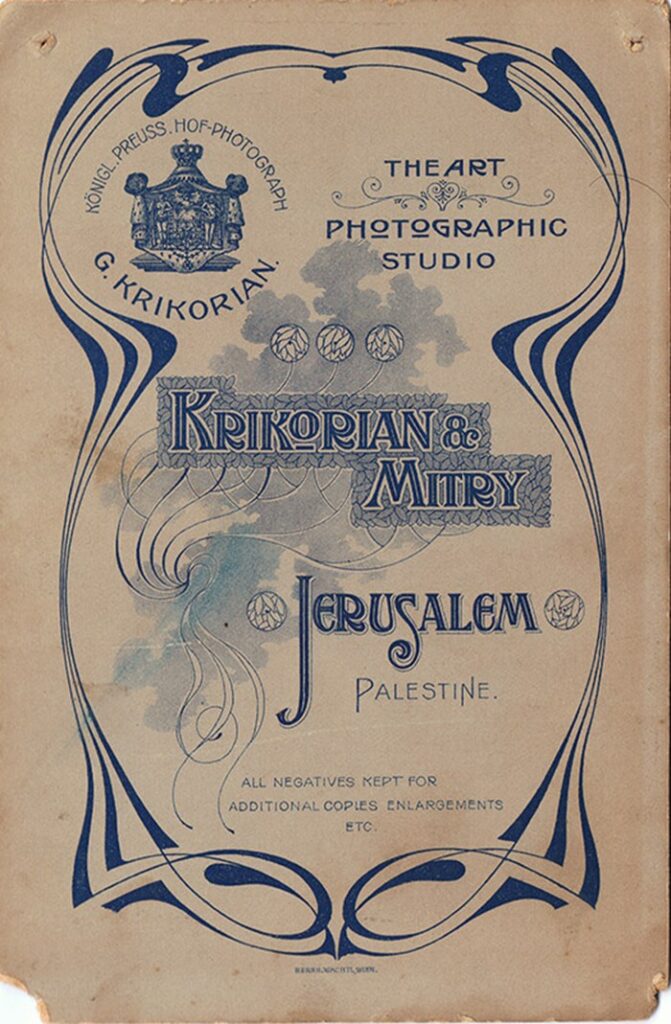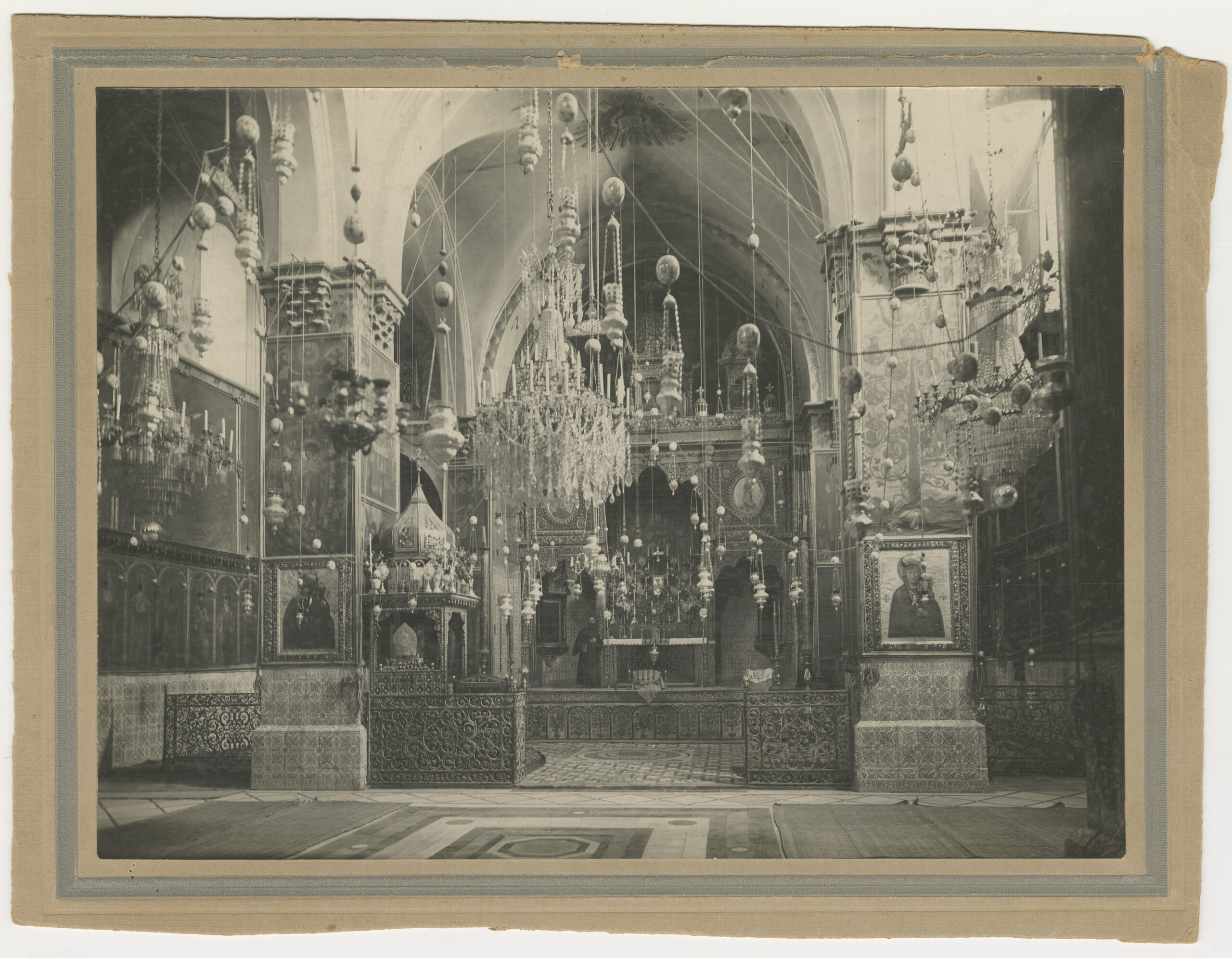The Department of Armenian Studies at Pázmány Péter Catholic University, in collaboration with the Hungarian University of Fine Arts, Budapest, and the Leibniz Institute for the History and Culture of Eastern Europe (GWZO), Leipzig, has organized an exhibition and symposium on the rich photographic heritage of Armenians in Jerusalem.
The history of Armenians in Palestine begins in the fourth century A.D. with the arrival of Armenian pilgrims in Jerusalem following the discovery of holy Christian sites. Although by the seventh century the Armenian Apostolic Church had a bishop in the city, the Armenian Patriarchate of Jerusalem in its current form was established in the first decade of the 14th century. Along with the Patriarchate, the lay community, with its own cultural and political organizations, resides within the walls of the Armenian Quarter in the Old City, adding an intriguing layer of complexity to the lasting Armenian diasporic community of Jerusalem.

The exhibition entitled “Capturing Eternity: Jerusalem Armenian Photography in the 19th and 20th Centuries” invites visitors to embark on a visual pilgrimage through the lenses of Armenian photographers of Jerusalem. While the Holy Land was photographed by Westerners shortly after its invention in 1839, it is the Armenian Patriarch Yessayi Garabedian who in the 1860s set up the first local photography practice in the Armenian Quarter of Jerusalem. His apprentice Garabed Krikorian established, as far as we know, the first photographic studio in Jerusalem, which was later operated by his son. Garabed Krikorian’s student Khalil Raad is regarded as the first Arab photographer in Palestine. Eventually, a number of Armenian photographers operated studios in Jerusalem.

Drawing from this rich archive, the exhibition explores the lived experience of holiness through a century-long Jerusalem Armenian photographic practice, emphasizing the various threads that bind this diasporic community’s spiritual tapestry. Accordingly, it approaches holiness through portraiture, representations of urban and interior environments, rituals and even secular activities. Across such diverse photographic practices, the exhibition seeks to foreground the experience of the Jerusalem Armenian diasporic community as a crucible for the evolving, symbiotic relationship between the holy and the worldly. Photographs for the exhibition are provided by the Armenian Genocide Institute-Museum, Yerevan; the Library of Congress, Washington, D.C.; the Armenian General Benevolent Union’s Nubar Library, Paris; the Project Save Photograph Archive, Boston; and the Gulbenkian Archives, Lisbon.

The day after the opening of the exhibition, an international symposium will take place at its site. The symposium, focusing on the Jerusalem Armenian photographic heritage as well as venturing into the early-modern Ottoman and modern contexts, will gather distinguished scholars from the U.S., France, Germany, Hungary, Greece, Armenia and Qatar. The exhibition catalog and the symposium materials will be published together in a single volume edited by Karen Jallatyan, with the assistance of Diana Ghazaryan. This exhibition, symposium and edited volume is made possible by Bálint Kovács’ indispensable organizational input, with the generous support of the Calouste Gulbenkian Foundation, Lisbon, the Leibniz Institute for the History and Culture of Eastern Europe (GWZO), Leipzig, the Pázmany Péter Catholic University, Budapest, the Transylvanian Armenian Roots Cultural Association (Eögyke), Budapest, and the Embassy of the Republic of Armenia in Hungary.

The curator-organizer of the exhibition and symposium Diana Ghazaryan, a Ph.D. student in the Department of Armenian Studies at Pázmány Péter Catholic University, is convinced that the event is not only a great opportunity to present the visual culture of Jerusalem Armenian diaspora in one of the most iconic capitals of Europe but is also a significant step in the cultivation of Armenian-Hungarian mutual understanding and collaboration.
“Capturing Eternity: Jerusalem Armenian Photography in the 19th and 20th Centuries” will be held from September 20 to October 8, 2024, in the luminous Aula Hall of the Hungarian Fine Arts University, Andrássy street 69-71, Budapest. While attending the opening ceremony on September 20 is by invitation only, admission to the symposium and exhibition is free of charge. There will be one guided tour in English by the curator of the exhibition on September 30 open to the public.



Fantastic! Armenian Studies in Budapest – Congratulation for you!